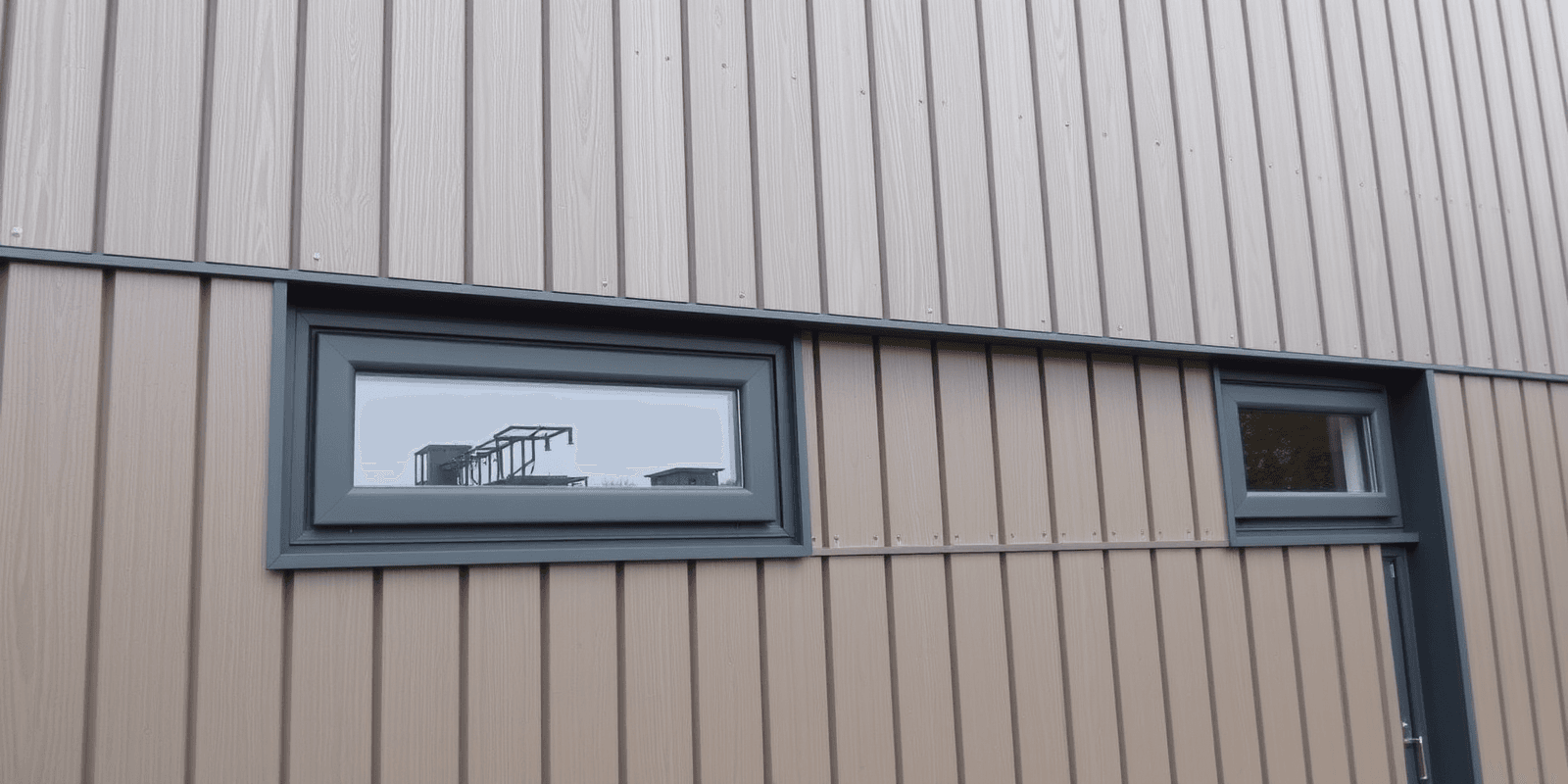External Composite Cladding UK: Enhancing Sustainability and Durability in Construction
In recent years, the use of external composite cladding has gained significant traction in the UK construction industry. This innovative material not only offers aesthetic appeal but also brings numerous benefits to building projects, including sustainability, durability, cost-effectiveness, and ease of installation. This article explores these advantages and highlights some successful UK projects that have embraced composite cladding.
Sustainability: A Key Driver for External Composite Cladding in the UK
As the UK commits to reducing its carbon footprint, sustainable building materials are becoming increasingly popular. External composite cladding is one such material that aligns with this goal. It is typically made from a combination of recycled wood fibers and plastic, which makes it an eco-friendly option. The production process requires less energy compared to traditional materials like aluminum or steel, thereby reducing the overall environmental impact. Furthermore, composite cladding can be easily recycled at the end of its life cycle, making it a sustainable choice for long-term projects.
Durability: A Long-Term Investment for UK Buildings
The durability of external composite cladding is another compelling reason for its widespread adoption. Unlike traditional materials, composite cladding is highly resistant to moisture, rot, and insect damage. This makes it ideal for UK climates, which are often characterized by high humidity and frequent rainfall. Additionally, composite cladding is less prone to fading, warping, or cracking over time, ensuring that buildings maintain their appearance and structural integrity for decades.
Installation Process: Streamlining Construction Projects
One of the most appealing aspects of external composite cladding is its ease of installation. Unlike other materials that require specialized tools and techniques, composite cladding can be installed relatively quickly and efficiently. This not only reduces labor costs but also minimizes disruption to the surrounding environment. Moreover, the lightweight nature of composite cladding makes it easier to handle and transport, further streamlining the construction process.
Cost-Effectiveness: Balancing Quality and Budget
While the initial investment in external composite cladding may be higher than some alternative materials, its long-term cost-effectiveness cannot be overlooked. Due to its durability and low maintenance requirements, composite cladding can significantly reduce ongoing expenses associated with repairs and replacements. Additionally, the energy-efficient properties of composite cladding can lead to lower heating and cooling costs, providing additional savings over time.
Notable UK Projects Utilizing Composite Cladding
A number of notable UK projects have successfully integrated external composite cladding, showcasing its versatility and benefits. For example, the Norwich High School for Girls, designed by PFA Architects, features a striking facade made entirely of composite cladding. This project demonstrates how the material can enhance both the aesthetics and sustainability of educational facilities.
Another exemplary case is the The Mill in Manchester, a mixed-use development that incorporates composite cladding into its design. This project highlights the adaptability of composite cladding across various architectural styles and applications.
Conclusion: Embracing External Composite Cladding for Future-Proof UK Construction
External composite cladding presents a compelling solution for UK construction projects, offering a blend of sustainability, durability, and cost-effectiveness. Its ease of installation and ability to enhance the longevity of buildings make it an attractive option for architects, developers, and builders alike. As more UK projects embrace this innovative material, we can expect to see a positive shift towards more sustainable and resilient building practices.
References:





Reviews
There are no reviews yet.